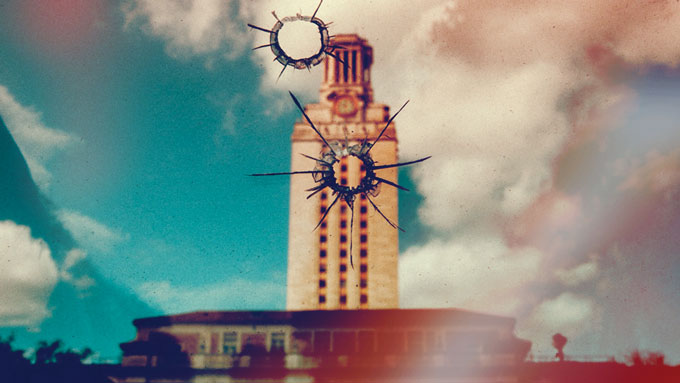Since the University of Chicago sent a letter to all incoming students informing them that they wouldn’t receive trigger warnings, the concept has been debated within and outside of higher education. In fact, it has probably been debated more than many higher education problems that are far more prevalent. In today’s post, I will answer the question: What are trigger warnings and why all the fuss?

When I teach the History of Higher Education, I have the students read the Charter and Statutes of William and Mary. The text is dense with hard to understand language. Before I have them read it, I warn them that largely because of the language that it will probably be the hardest thing that we will read in class. I also tell them it is pretty dry, but there are some key themes that I want them to gather.
So is this a trigger warning?





